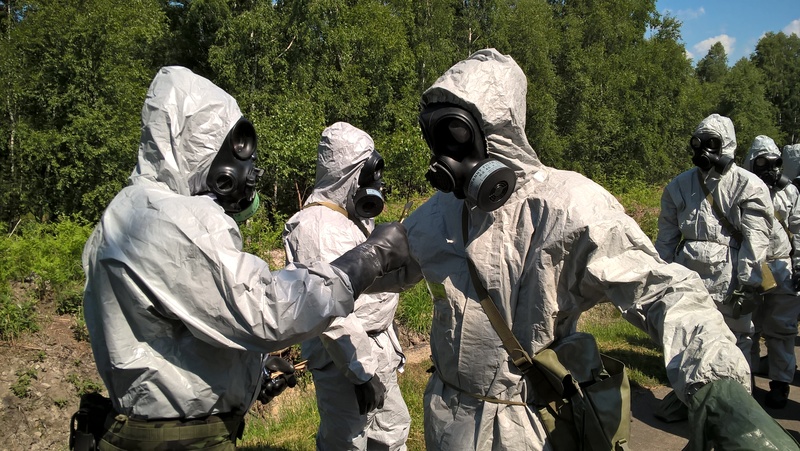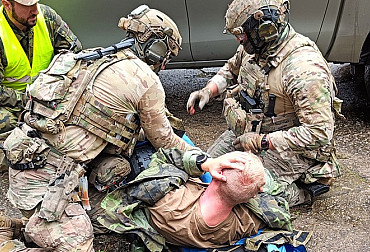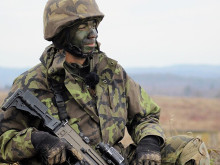Liberec Chemists are Keeping a One-Year Alert Within the Multinational Battalion
Starting on January 1, 2021, Liberec chemists, as part of a multinational battalion, will be keeping a continuous one-year long readiness to perform tasks in the CBRN fields (Chemical, Biological, Radiological and Nuclear). They simulate different scenarios as part of the exercise. For example, the explosion of a chemical laboratory. However, this was only one of dozens of scenarios of various incidents performed by the Liberec unit of the 31st Radiation, Chemical and Biological Protection Regiment set aside for the operation of the Alliance’s NRF (NATO Response Force).
 Picture: Since January 1, 2021, Liberec chemists, as part of a multinational battalion, will be keeping a continuous annual readiness to perform tasks in the CBRN fields (illustrative photo) | archive of the 31st Radiation, Chemical and Biological Protection Regiment with courtesy of the author | army.cz
Picture: Since January 1, 2021, Liberec chemists, as part of a multinational battalion, will be keeping a continuous annual readiness to perform tasks in the CBRN fields (illustrative photo) | archive of the 31st Radiation, Chemical and Biological Protection Regiment with courtesy of the author | army.cz
“As our radiation-chemical reconnaissance team reports that an incident has occurred while observing an illegal laboratory, it is also conducting an alert and warning the units at the same time. With the support of combat elements, a sampling team is sent to take samples and transport them to the field laboratory. There the samples are analysed and the presence of hazardous substances is confirmed if that is the case,“ says commander of the Task Force of Chemical Abilities, Lieutenant Colonel Jiří Kapitán, describing one of the scenarios. “In the case of confirmation of dangerous substances, the laboratory informs the superior level of command so that they can decide on further action.
Subsequently, forces and resources that may have been contaminated with hazardous substances in the area must be decontaminated.” Almost three hundred Czech army chemists will be ready for deployment anywhere in the world next year as part of the Alliance’s NRF Rapid Reaction Force. For the next year, the Liberec Regiment has set aside a multifunctional company (MF Coy) for this multinational battalion, which includes a radiation and chemical reconnaissance company, a decontamination platoon, as well as two hundred more soldiers and a hundred pieces of equipment. Along with the Czech Republic, also Germany, Bulgaria, Belgium, Slovenia, Spain and the USA contribute to the NRF.
Each laboratory consists of a team of five people. Two officers, two warrant officers and one non-commissioned officer as a driver. The laboratory is divided into two parts. Analytical, where the actual processing of results takes place, and the so-called preparatory, where the sample is prepared so that it can be analysed. “The determination of a substance depends on many circumstances. If the sample is clean, we can have the results almost immediately. But if, for example, we collect soil that is contaminated with a hazardous substance, preparation for analysis will take up to several hours.
For the radiometric laboratory, the sample must first be dried, and this takes some time. It always depends on the type of sample, but in general we could say that we are able to analyse them in between one hour to one day,” says First Lieutenant Kokeš. “After analysing the sample, the laboratory then supplies the information to the commander in the so-called collection centre, where the samples are concentrated. They then help the command post to decide what to do next.” During regular exercises, even during the coronavirus pandemic, Liberec chemists prove that their reputation still remains as good as it did thirty years ago when they were deployed in Operation Desert Storm.




















